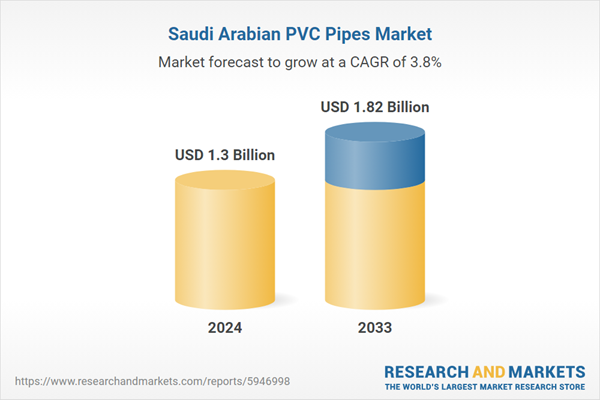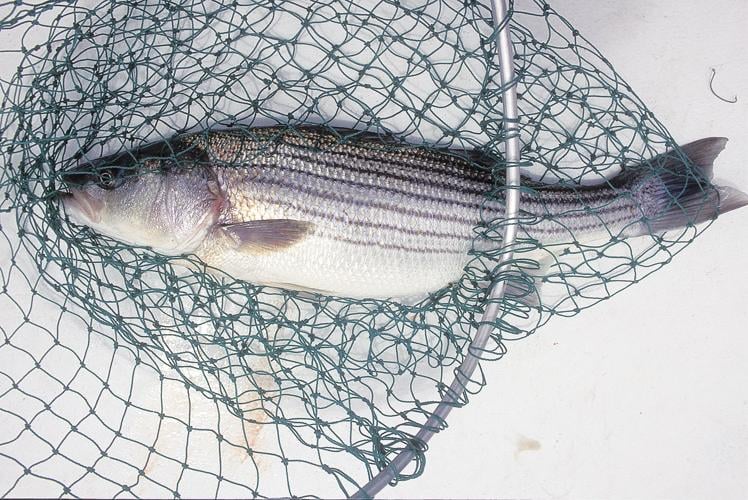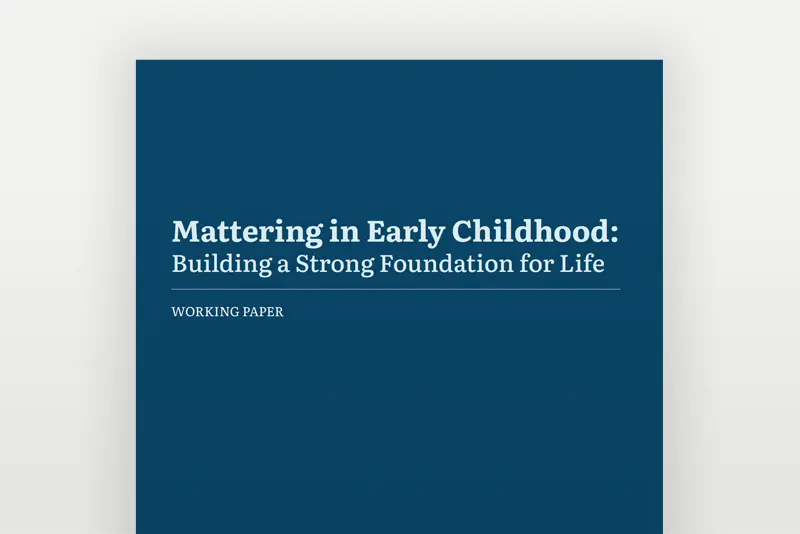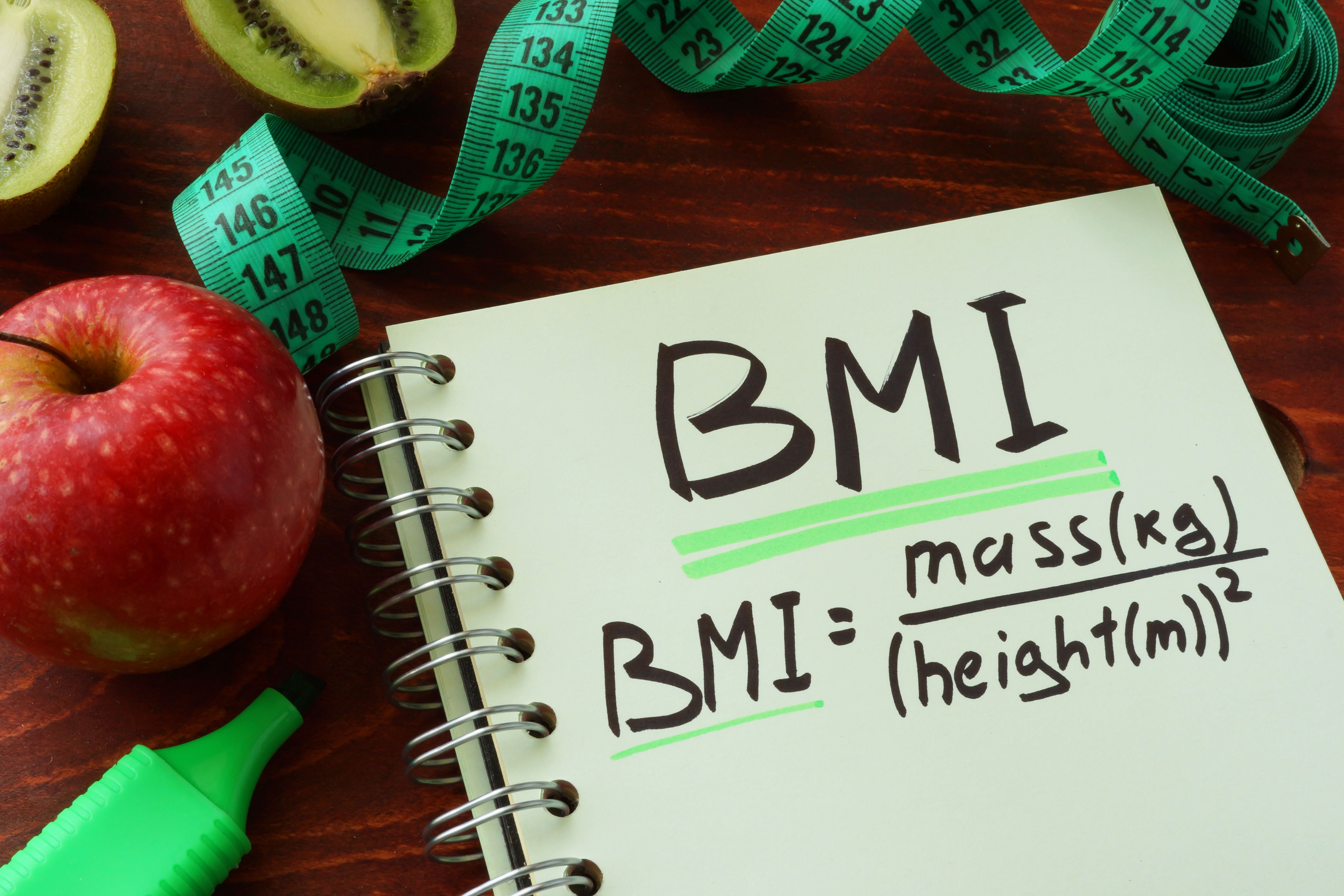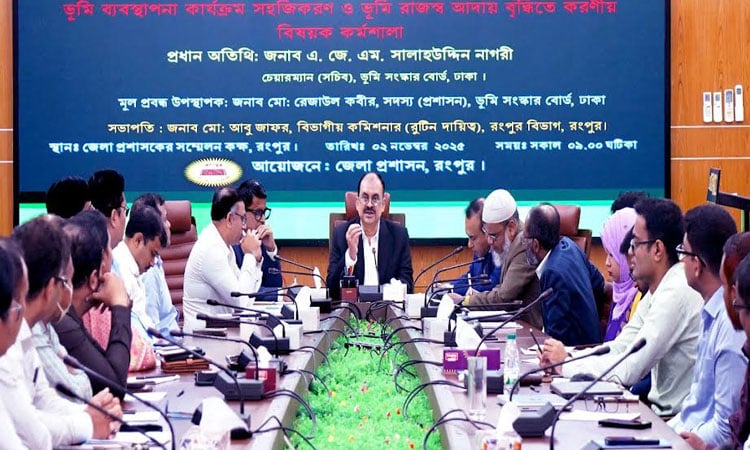Toxic PFAS Contaminate Eggs, Meat, and Milk – Medscape

Report on PFAS Contamination in the European Food Supply and Implications for Sustainable Development Goals
Introduction and Scope
An analysis of European Food Safety Authority (EFSA) data by the environmental non-governmental organisation Générations Futures has revealed widespread contamination of the food supply by per- and polyfluoroalkyl substances (PFAS). These persistent industrial chemicals, known as “forever chemicals,” pose significant risks to human health and environmental integrity. This report outlines the extent of the contamination, its direct conflict with key United Nations Sustainable Development Goals (SDGs), and recommendations for regulatory action.
Health and Environmental Implications of PFAS Contamination
Threats to SDG 3: Good Health and Well-being
The presence of PFAS in the food chain directly undermines SDG 3, which aims to ensure healthy lives and promote well-being for all. Exposure to these chemicals is associated with severe health outcomes that impede progress on targets for reducing non-communicable diseases and mortality from hazardous chemicals. Associated health risks include:
- Endocrine disruption (e.g., thyroid dysfunction)
- Metabolic disorders (e.g., elevated cholesterol)
- Hepatic and renal toxicity
- Carcinogenicity
- Reproductive and developmental toxicity
- Impairment of the immune system
Impact on Environmental Integrity: SDGs 6, 12, 14, and 15
The persistence and bioaccumulation of PFAS represent a failure in sustainable resource management, impacting several environmental SDGs. The widespread use of these chemicals since the 1950s in industrial and consumer goods is a clear example of unsustainable production patterns, directly opposing SDG 12 (Responsible Consumption and Production). Their subsequent release contaminates water sources, threatening SDG 6 (Clean Water and Sanitation), and accumulates in ecosystems, harming biodiversity and compromising SDG 14 (Life Below Water) and SDG 15 (Life on Land).
Analysis of Contamination and Regulatory Deficiencies
Widespread Food Contamination
The analysis identified at least one of the four regulated PFAS in a significant portion of food samples across Europe. The findings highlight a critical food safety issue that compromises SDG 2 (Zero Hunger), which includes access to safe and nutritious food.
- Fish: 69% of samples contaminated
- Offal: 55% of samples contaminated
- Molluscs: 55% of samples contaminated
- Eggs: 39% of samples contaminated
- Crustaceans: 27% of samples contaminated
- Milk: 23% of samples contaminated
- Meat: 14% of samples contaminated
Furthermore, seven other hazardous, non-regulated PFAS were detected in samples of offal, fish, and eggs, indicating that current monitoring is insufficient.
Failure of Current Regulatory Limits
The EFSA has established a tolerable weekly intake (TWI) of 4.4 nanograms per kilogram of body weight for the four regulated PFAS. However, current contamination levels mean this threshold is easily surpassed through normal dietary consumption, demonstrating a failure to protect public health as mandated by SDG 3.
- A 4-year-old child consuming a single egg would exceed the TWI by 1.4 times.
- A 60-kg adult consuming 500g of meat would ingest 2.5 times the TWI.
Current regulatory limits are reportedly based on economic considerations rather than public health protection, aiming only to remove the most contaminated products from the market. This approach is inconsistent with the principles of SDG 16 (Peace, Justice and Strong Institutions), which calls for effective and accountable governance to protect citizens.
Recommendations for Aligning with Sustainable Development Goals
To address this public health and environmental crisis, Générations Futures advocates for a series of regulatory actions that align with the 2030 Agenda for Sustainable Development.
- Implement Systematic Monitoring: Expand PFAS monitoring to all food types, following the precedent set by Germany and the Netherlands. This action is essential for safeguarding SDG 3 and ensuring the food safety component of SDG 2.
- Strengthen Emission Regulations: Enact stronger regulations to limit industrial emissions and reduce environmental contamination, a critical step toward achieving SDG 6, SDG 12, SDG 14, and SDG 15.
- Adopt Comprehensive PFAS Restrictions: Support and adopt the 2023 PFAS restriction proposal to ban or limit approximately 10,000 PFAS compounds, directly addressing the core objective of SDG 12.8 regarding the environmentally sound management of chemicals.
- Revise Health-Based Limits: Revise European PFAS limits to be based on scientific evidence for public health protection, not economic feasibility. This reinforces the commitment to SDG 3 and strengthens institutional accountability under SDG 16.
1. Which SDGs are addressed or connected to the issues highlighted in the article?
-
SDG 3: Good Health and Well-being
The article directly addresses this goal by highlighting the serious health risks associated with PFAS chemicals, including endocrine disruption, metabolic effects, toxicity, carcinogenicity, and immune system impairment. The focus on setting a tolerable weekly intake (TWI) and the concern that current exposure levels exceed this limit for children and adults underscore the direct threat to human health.
-
SDG 6: Clean Water and Sanitation
Although the primary focus is on food contamination, the article mentions that PFAS “contaminate water.” Water is a key pathway for these “forever chemicals” to enter the environment and the food chain, making water quality a relevant issue connected to the problem.
-
SDG 12: Responsible Consumption and Production
This goal is central to the article’s theme. It discusses the widespread use of PFAS in industrial and consumer products since the 1950s. The call by Générations Futures for stronger regulations, systematic monitoring, and the adoption of the PFAS restriction proposal to ban or limit thousands of these compounds directly relates to achieving environmentally sound management of chemicals and reducing waste and pollution.
-
SDG 14: Life Below Water
The article explicitly states that high percentages of fish (69%), molluscs (55%), and crustaceans (27%) were found to be contaminated with PFAS. This demonstrates the impact of chemical pollution on marine and aquatic ecosystems, affecting the health of marine life and the safety of seafood for human consumption.
-
SDG 15: Life on Land
The contamination is not limited to aquatic life. The article reports PFAS presence in offal (55%), eggs (39%), milk (23%), and meat (14%), indicating that terrestrial ecosystems, livestock, and agricultural practices are also affected by the persistence and spread of these chemicals.
2. What specific targets under those SDGs can be identified based on the article’s content?
-
Target 3.9: By 2030, substantially reduce the number of deaths and illnesses from hazardous chemicals and air, water and soil pollution and contamination.
The entire article is framed around this target. It details the “multiple health risks” from PFAS contamination in food and the environment, and the analysis by Générations Futures is a direct effort to push for actions that would reduce illnesses caused by these hazardous chemicals.
-
Target 6.3: By 2030, improve water quality by reducing pollution, eliminating dumping and minimizing release of hazardous chemicals and materials…
The mention of PFAS contaminating water connects to this target. Reducing the release of these industrial chemicals is essential to prevent them from entering water sources, which is a primary pathway for their accumulation in the food chain.
-
Target 12.4: By 2020, achieve the environmentally sound management of chemicals and all wastes throughout their life cycle… and significantly reduce their release to air, water and soil in order to minimize their adverse impacts on human health and the environment.
This target is directly addressed by the call to action. The article highlights the failure of current regulations (only four PFAS are restricted) and supports the “PFAS restriction proposal 2023” which aims to ban or limit approximately 10,000 PFAS compounds, representing a move towards the sound management of chemicals.
-
Target 14.1: By 2025, prevent and significantly reduce marine pollution of all kinds, in particular from land-based activities…
The data showing high contamination levels in fish, molluscs, and crustaceans is evidence of marine pollution from land-based industrial activities. The call to limit emissions and strengthen regulations on PFAS is a direct strategy to achieve this target.
3. Are there any indicators mentioned or implied in the article that can be used to measure progress towards the identified targets?
-
Indicator for Target 3.9:
The article provides a specific health-based threshold: the Tolerable Weekly Intake (TWI) of 4.4 ng per kg of body weight. Progress can be measured by monitoring the population’s dietary exposure to PFAS and comparing it against this TWI. The article gives examples of how a child eating one egg or an adult eating 500g of meat would exceed this limit, providing a clear metric for assessing health risk.
-
Indicator for Target 12.4:
Several indicators are mentioned:
- Number of regulated chemicals: The article states that only four PFAS are currently regulated in food. An increase in the number of regulated or banned PFAS (such as the 10,000 compounds targeted by the 2023 proposal) would be a direct indicator of progress.
- Contamination levels in consumer products: The percentages of contaminated food items (e.g., “69% of fish,” “39% of eggs”) serve as a baseline indicator. A reduction in these percentages would signify progress.
- Systematic monitoring: The call for “systematic monitoring of PFAS levels across all food types” implies that the scope and frequency of monitoring is an indicator of regulatory effectiveness.
-
Indicator for Target 14.1:
The concentration and prevalence of PFAS in marine life is a direct indicator. The article provides baseline data by stating that “69% of fish, 55% of molluscs, [and] 27% of crustaceans” contain at least one of the four regulated PFAS. Tracking these percentages over time would measure progress in reducing marine pollution.
4. Create a table with three columns titled ‘SDGs, Targets and Indicators” to present the findings from analyzing the article. In this table, list the Sustainable Development Goals (SDGs), their corresponding targets, and the specific indicators identified in the article.
| SDGs | Targets | Indicators |
|---|---|---|
| SDG 3: Good Health and Well-being | 3.9: Substantially reduce deaths and illnesses from hazardous chemicals and pollution. |
|
| SDG 12: Responsible Consumption and Production | 12.4: Achieve environmentally sound management of chemicals and wastes. |
|
| SDG 14: Life Below Water | 14.1: Prevent and significantly reduce marine pollution from land-based activities. |
|
| SDG 15: Life on Land | 15.5: Take urgent action to reduce the degradation of natural habitats. |
|
| SDG 6: Clean Water and Sanitation | 6.3: Improve water quality by reducing pollution and minimizing release of hazardous chemicals. |
|
Source: medscape.com

What is Your Reaction?
 Like
0
Like
0
 Dislike
0
Dislike
0
 Love
0
Love
0
 Funny
0
Funny
0
 Angry
0
Angry
0
 Sad
0
Sad
0
 Wow
0
Wow
0




























